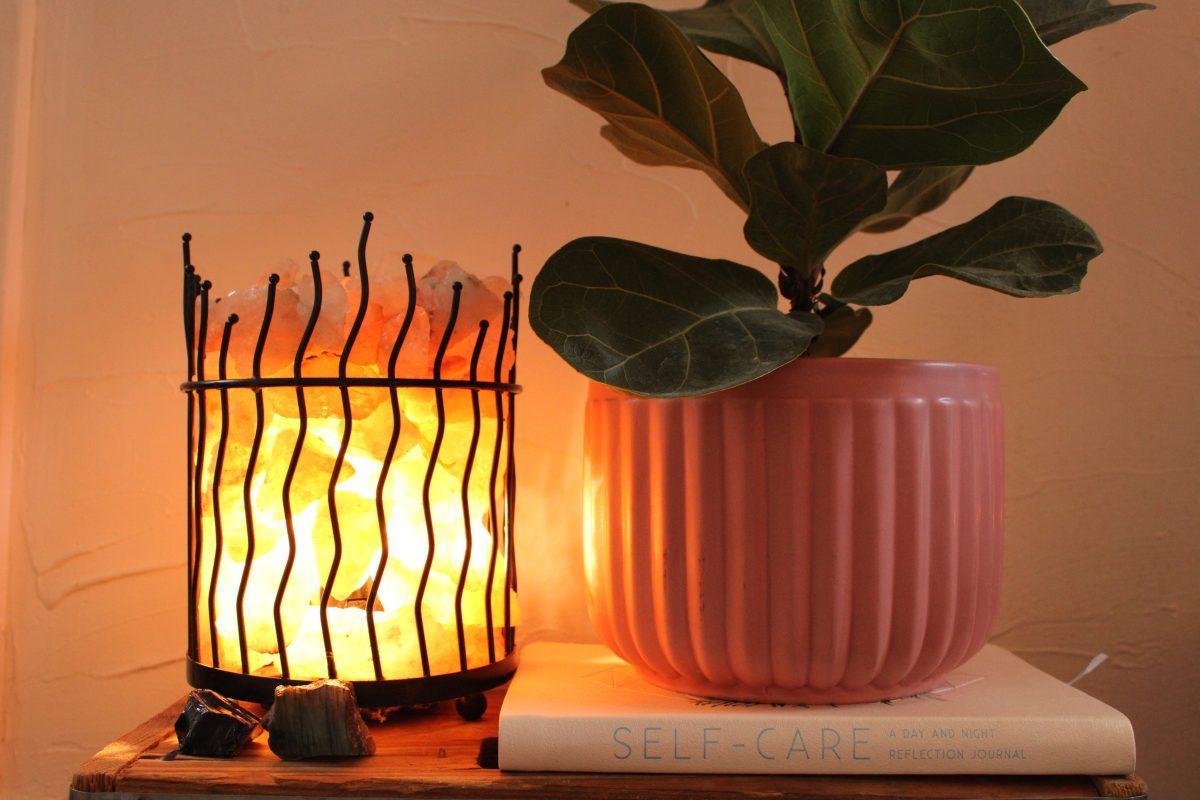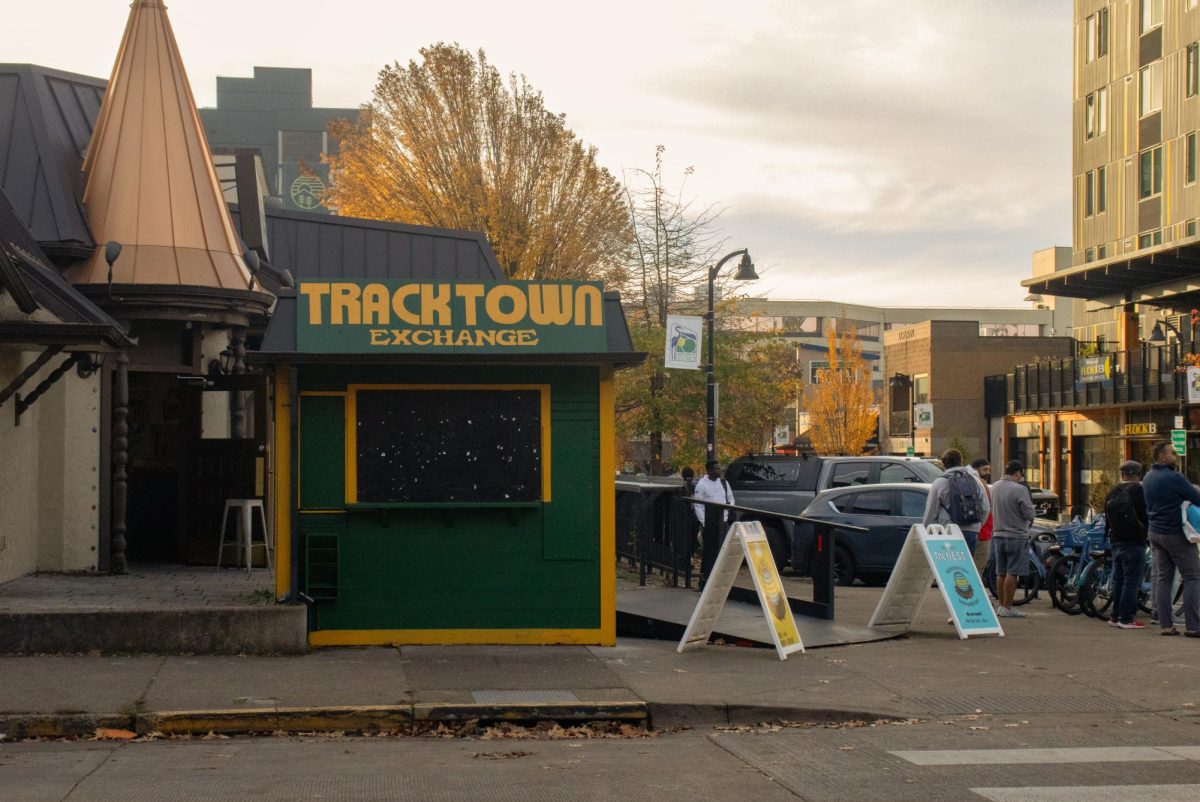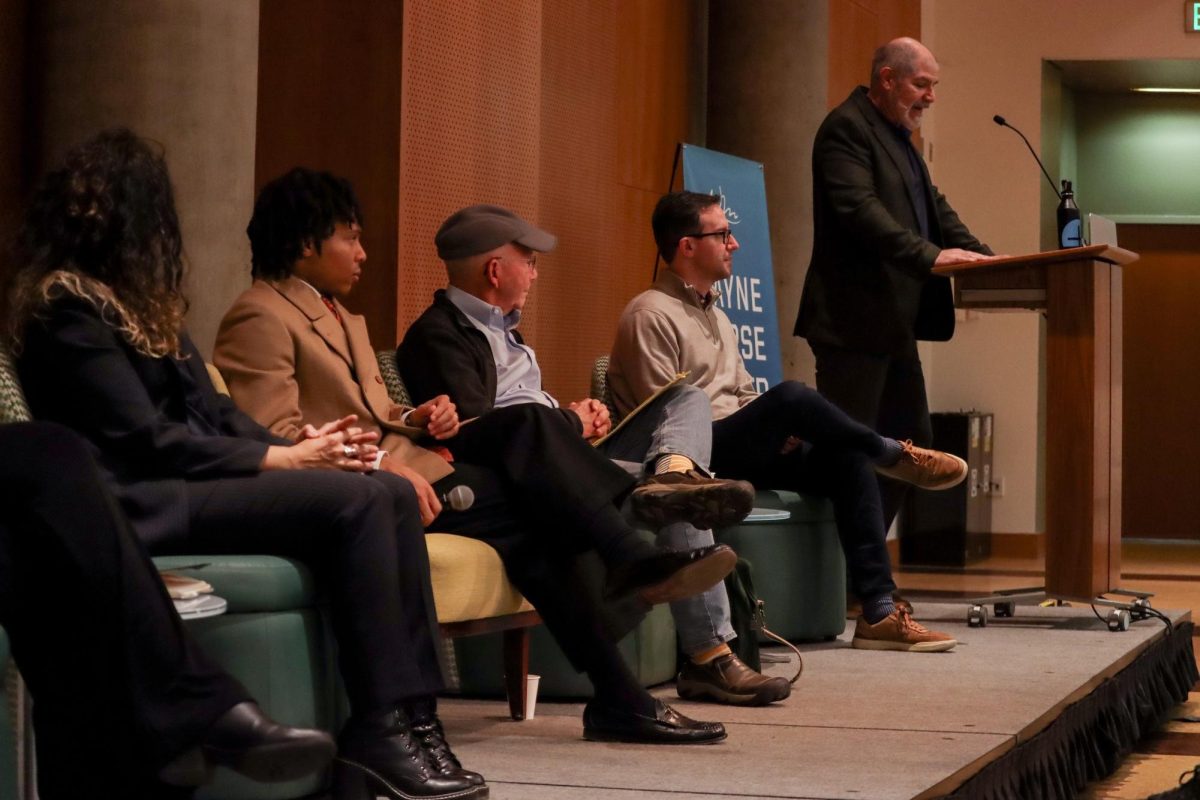Life has not been the roaring twenties fantasy we anticipated at the turn of the decade. Instead, we’ve had to learn how to find joy with a little less. 2020 served as a forced lesson on finding peace in our own spaces, and maybe 2021 thought we could throw those practices out the window just a bit, but 2022 caught us in the act. It turns out we’re kind of terrible at predicting the future. For now, we’re in a dance of exiting our comfort zones and receding back into them. But if there is one thing we can depend on for consistency, it’s the space we come home to. It’s critical to respect what material pieces serve you in your home and to give them the best chance at doing so.
First, make sure you know where your belongings are so they can be organized. Empty cluttered drawers, pull the storage boxes out of the closet and get rid of things you forgot existed. You don’t need to purge everything, just the items that no longer serve you. As Marie Kondo says, ask yourself: “Does this bring me joy?” If the answer is no, get rid of it. This is an especially helpful practice in your bedroom because it should be a place for creativity and productivity. It’s the most personal space in a home and should reflect your values and ways of learning. Grab a trash bag and get to work; clutter is your enemy and will consistently pull you off track.
Once you’ve pulled everything out, put everything back––but this time, with intention. I am a huge advocate for task-specific piles. All of your technology related items should go into one container or drawer. Writing materials and stationary should be placed on or around your desk and file organizers should very well be mandatory in every home. Continue to make piles with items that would better suit bathroom cabinets and make a pile for miscellaneous items. It might feel like you’re preparing to move, but that’s the point! Items are packed by category so you know where to find them.
Categorizing your belongings could take a few hours, so be patient and don’t move to maximizing your space until you’re done. When you are finished organizing, consider what possibilities your home has. How can it best serve you? Think about the activities you like to do at home. Do you make music, practice yoga, work from home, host dinners or perform self care? Find out what it is you want your home to do for you.
The key to maximizing your space is adaptability. Head to the thrift store and find storage furniture that could be used as is or refurbish something you already have. Book shelves are great for storing extra candles, board games, your vinyl collection, and other small items you often reach for. Use your vertical space! Installing floating shelves and command hooks are other ways to put your walls to use. Use containers if you need to further categorize your shelves. I’ve found that keeping the middle of my living spaces open allows me to transform them according to my needs.
If your living spaces don’t invite you to spend time in them, purchase a green plant, thrift a mirror to hang up, or add a clock or other things that make spaces both more beautiful and peaceful.
Maintaining a functional space is really enjoyable if you don’t have to question where items belong and if you don’t forget about them. Eliminate your clutter, categorize your items, store them vertically when possible, and watch your home become the host to anything you’d like.







